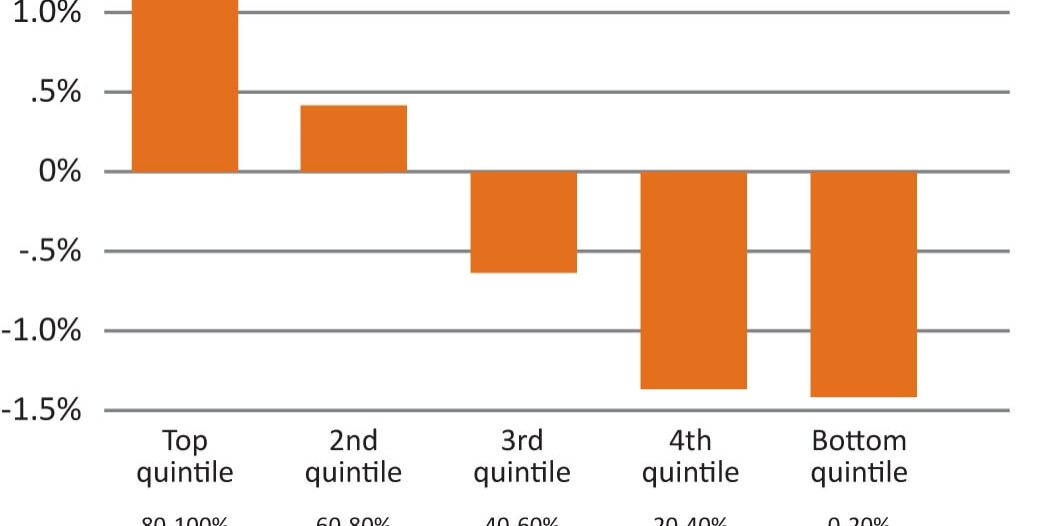A Primer on BRIC
Typically, Canadian and US investors invest in their respective country’s stock market and seek diversification through the other country’s market. For further diversification, they might buy stocks, mutual funds, and/or ETFs of other developed countries such as France, Germany, Japan, etc.
However, growth prospects abound in developing nations across the world and such countries, termed as emerging markets, offer the potential for investors to reap the benefits as they strive to match and exceed the economic standing of developed nations.
BRIC Markets
BRIC, an acronym introduced by Goldman Sachs a decade ago, stands for Brazil, Russia, India, and China. These four developing nations have good growth potential but as with any reward (investment), risk tags along. We will look at the key resources in these four countries and the potential rewards and risks that go with investing in these countries, either through individual stocks or mutual funds/ETFs.
Brazil is the largest economy in Latin America and boasts of a diverse economy encompassing mining, agriculture, manufacturing, and service sectors. With a large labor pool, Brazil has witnessed excellent growth over the last several years. With new oil discoveries, Brazil is on its way to becoming a major player/exporter in the the non-renewable energy industry, while also concentrating on renewable sources of energy such as hydroelectricity to supply its residents.
Russia, the largest country in the world, has the world’s largest natural gas reserves and the eighth largest oil reserves. Russia leads the world in export of natural gas and oil and is also the fourth largest producer of nuclear energy. With such enormous natural resources, Russia is one of the developing nations with great growth potential.
India exports various goods including textile items, jewelry, software and engineering products, and chemicals. With the world’s second largest labor pool of ~478 million that comprises of educated, English-speaking people, India has become a hub of outsourcing activity. Due to the lower wages, corporations have found it profitable to use the Indian market for their businesses, thereby fueling the country’s growth.
China is a low cost exporter of various goods, helped in no small measure by low wages and supportive government policies. China has the world’s largest labor force, attracts foreign investment, and its rapid growth has helped uplift millions of people from poverty. Tourism is also a significant source of revenue for the country.
Investing in BRIC and other Emerging Markets
Due to the potential for growth, BRIC and other emerging markets may provide good returns for the investor. However, most of these returns are tied to the economies of the developed countries like US, Canada, UK, etc. The demand for oil and other goods that is generated in the developed world plays a key role in driving the growth of the emerging world.
Emerging markets have their drawbacks. The lack of stringent securities reporting requirements, compliance issues, corruption, fickle government policies, and political instability (not necessarily in BRIC markets but in general) are some of the reasons that make these markets a risky proposition. The absence of local demand for goods may also land a crushing blow to the economy if exports decrease.
For the retail investor, it is a good idea to diversify into these emerging markets to partake in their growth and capture some of the gains over the long term. BRIC investments can be part of one’s international equity allocation (meaning developed and developing markets outside North America).
How to get into BRIC markets?
If you are interested in individual stocks, ADRs, if available, offer an avenue to purchase shares of companies based in these countries. If not, there are mutual funds and ETFs that provide another way for the average investor to buy into BRIC markets. A list of US-based BRIC ETFs can be found here and Canadian investors have theClaymore BRIC ETF offering similar exposure.
Do you invest in emerging markets such as BRIC? Are you using ADRs, mutual funds, or ETFs? What percent of your portfolio have you allocated to such emerging markets?
About the Author: Clark works in Saskatchewan and has been working to build his (DIY) investment portfolio, structured for an early retirement. He loves reading (and using the lessons learned) about personal finance, technology and minimalism. You can read his other articles here.
I've Completed My Million Dollar Journey. Let Me Guide You Through Yours!
Sign up below to get a copy of our free eBook: Can I Retire Yet?




Mostly i own VWO for my EM exposure and think it is just super in my RRSP account.
Does anyone know anything about BRIC Bonds? id pay for an index of corporate and gov’t BRIC bonds though I dont know the yield.
@Joe S, @Ed: Thanks for the good points.
Interesting points about capital and stock market growth versus pure economic growth in the BRIC countries. Also, interesting point by Ed in that most of the fund managers he likes find companies to invest in that are off the grid. I sometimes think the BRIC countries have been slightly oversold right now and the real growth lies in in other Southeast Asia countries, and/or the “N-11” as Jim O’Neil likes to talk about.
I had never heard of these emerging markets linked together. And companies in these countries do have competitive advantages over North American companies because of low wages. I am going to check out XEM.TO later for some diversification maybe. I have always been interested in the emerging markets and the BRIC markets seem very appealing.
Hi Clark,
Interesting article. The emerging markets is an important part of my investments. It offers very good growth potential, but not for the reason most people think.The advantage is very cheap companies, not high growth.
Most people read that the economy is growing fast, which makes them think that means companies grow fast. However, as Joe pointed out, every study I have seen shows that, despite what most people think, in general fast growing economies have slower growing stock markets.
This may sound shocking and intuitively wrong, but economic growth has no correlation whatsoever with stock market growth. If anything, they are negatively correlated. This was studied by Jeremy Siegel in “Stocks for the Long Run” and by Ken Fisher.
In short, the fact that BRIC countries are growing fast means absolutely nothing for investing there.
The advantage is that there are many great companies that are not followed that you can invest in at a great price.
One of our fund managers put it well. He says, “Why would anyone buy an oil company in Canada. In Canada, you can invest in an oil company with growth of 8% and a P/E of 15%. When you go to Malaysia, you can invest in an oil company with a growth rate of 15% and a P/E of 8%.”
In short, you can find double the growth at half the price.
This happens because these companies are not well followed. Our fund managers tell us that most of the best investments are not in the index and have no ADR. The index is reasonably well known, as is any company with an ADR, so those companies tend to be fairly valued. But there are lots of good companies at great prices outside of the index and the ADRs.
Investing in the emerging markets will continually become more and more important with time. The projection is that, by 2050, countries that we call emerging markets will be 2/3 of the world’s stock market.
The 4 BRIC countries are projected to be almost 50% of the world’s stock market by 2050, and the details are shocking. China’s stock market will be larger than the US’s, India’s will be larger than Europe’s, Brazil’s and Russia’s will both be larger than Japan’s, and Africa’s stock market will be double the size of Canada’s.
Ed
Jeremy Siegel presents very solid arguments and evidence that emerging economies underperform wrt stock markets. The primary theory is that while these economies are growing faster than developed countries, it is primarily as the result of an influx of new capital and not because of abnormally high returns on capital. Thus, over the long run it is the developed markets with the higher returns on equity that outperform over time. Have you read his book Stocks for the Long Run?
This should be I can afford to lose 50% part of your portfolio, no more than 10%.
MDY is a good investment for the long term.
Links should be fixed now, thanks!
Clark, your link to the ETF DB didn’t work for me. I had to change it to
http://etfdb.com/type/region/emerging-markets/bric/
EEM (iShares Emerging Markets) is 45% BRICs. It’s actually done slightly better than BKF (iShares BRICs) over the last five years, There’s a Canadian-hedged version, XEM.TO.